Equinox carciofi
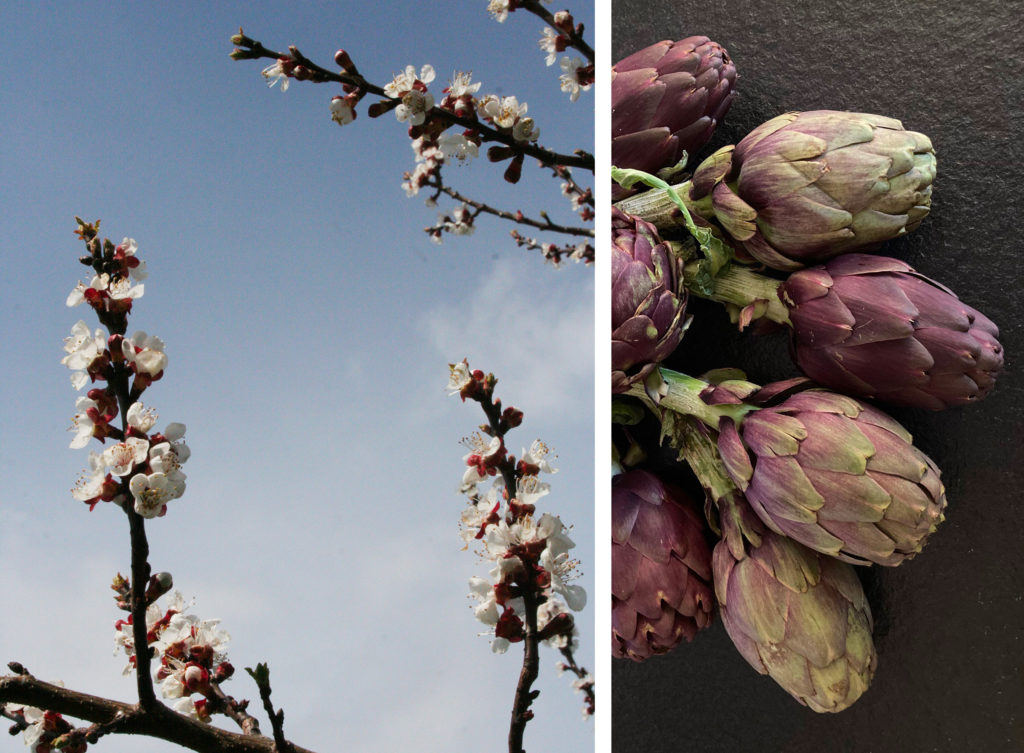
March, hopeful, mad and the start of spring. March is also the month I left England for Italy, a decision that would divide my life in two, before and after, also turn it into a seesaw. To begin with my seesaw had a mass of 32 years in England on one side, and just a few months in Italy on the other. But with each passing year the balance shifts slightly.
March also feels like the true start of the year. Our tortoise has the right idea, that is hibernate from November to late February, spend early March waking up and stretching gently in preparation for the right moment to begin the year. Which is usually around the 20th, when the seesaw of day and night is in almost perfect equilibrium. March is also the time for buds and shoots, for agretti, asparagi and equinox carciofi.
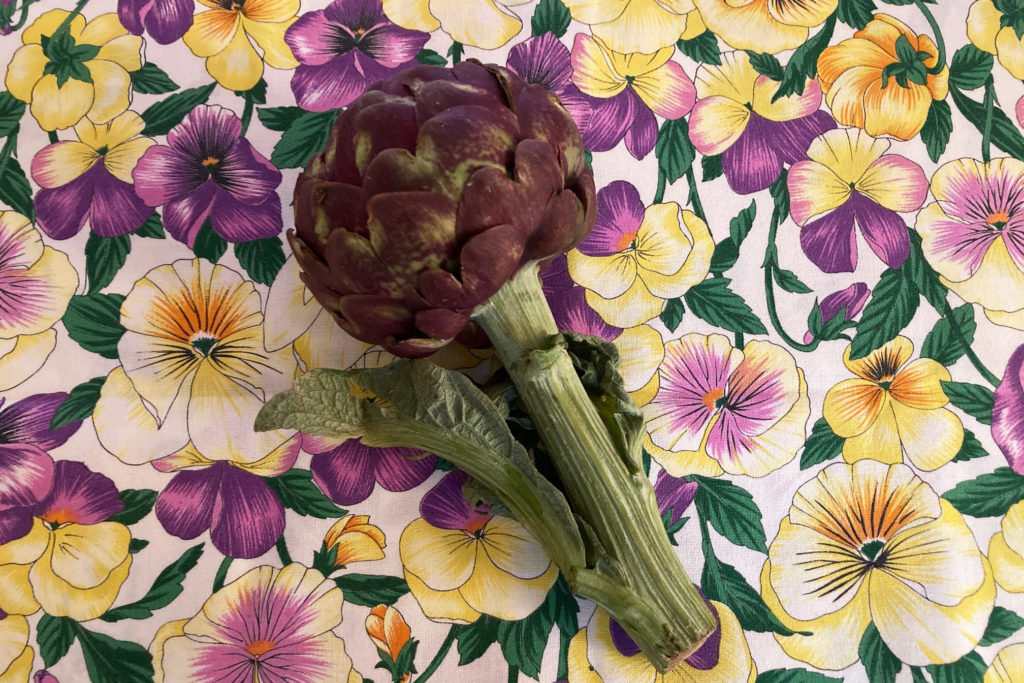
When I first saw someone trimming an artichoke in Rome, severe was the word that came to mind. Also dextrous, and fast. So fast in fact, that it was hard to understand exactly what was happening, where the knife ended and the hand began. But what struck me most was the severity; the decisive crack as the leaves were pulled back then snapped off, the stem stripped like bark from a tree, the whittling spin that reduced a leafy globe the size of a grapefruit to a pine cone, a still life into a skin head. I stood in the middle of Testaccio market next to a man doing his job, mesmerised. Also by the audacious quantity of artichokes, deep purple and commando green, massive, minuscule, globes, tulips, some with curves and others with spikes. And if all this makes me sound like a gawping English tourist observing the market with indulgent and dewy eyes it’s because I was.
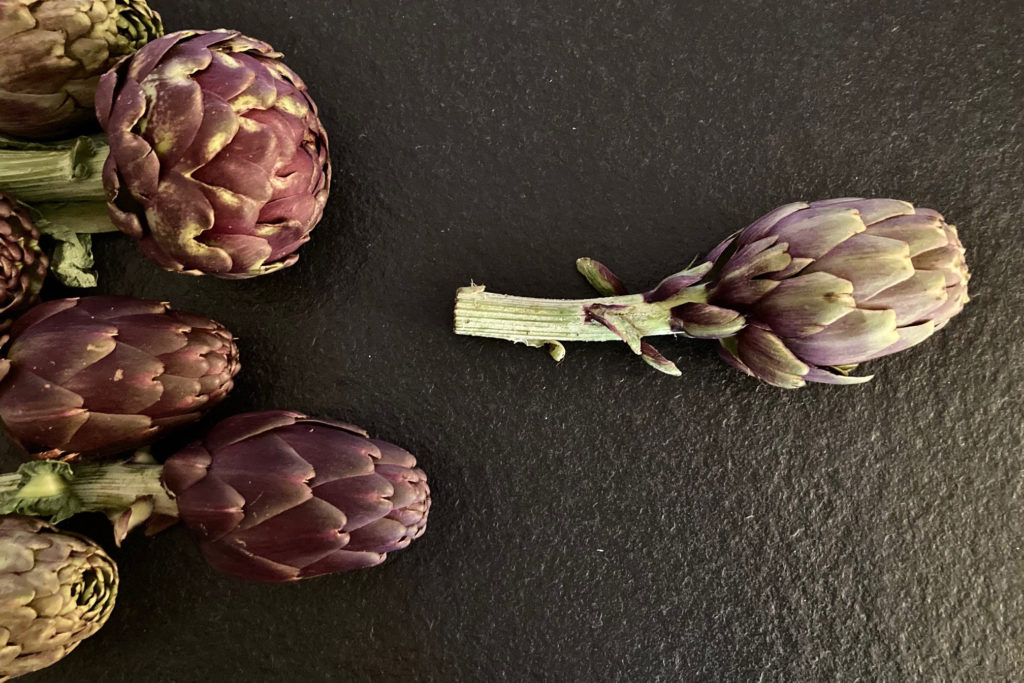
When I first saw someone trimming an artichoke in Rome, severe was the word that came to mind. Also dextrous, and fast. So fast in fact, that it was hard to understand exactly what was happening, where the knife ended and the hand began. But what struck me most was the severity; the decisive crack as the leaves were pulled back then snapped off, the stem stripped like bark from a tree, the whittling spin that reduced a leafy globe the size of a grapefruit to a pine cone, a still life into a skin head. I stood in the middle of Testaccio market next to a man doing his job, mesmerised. Also by the audacious quantity of artichokes, deep purple and commando green, massive, minuscule, globes, tulips, some with curves and others with spikes. And if all this makes me sound like a gawping English tourist observing the market with indulgent and dewy eyes it’s because I was.
Had I been born in another century, it might well have been different. While wild relatives of artichokes have grown in England for thousands of years, globe artichokes only arrived in England in the 1500s, having travelled from Italy with the Dutch. Like all members of the Asteraceae Family and Cynara Genus, globe artichokes appreciate sun. They are also hardy, adaptable plants that can thrive as far north as the Islands that dot the sea just off the coast of Scotland. The new arrivals sent down roots in English soil and became a popular vegetable. In his 1629 book Paradisi in Sole Paradisus Terrestris, the English Herbalist and
Apothecary John Parkinson notes that even the youngest housewife knew how to prepare and serve artichokes.
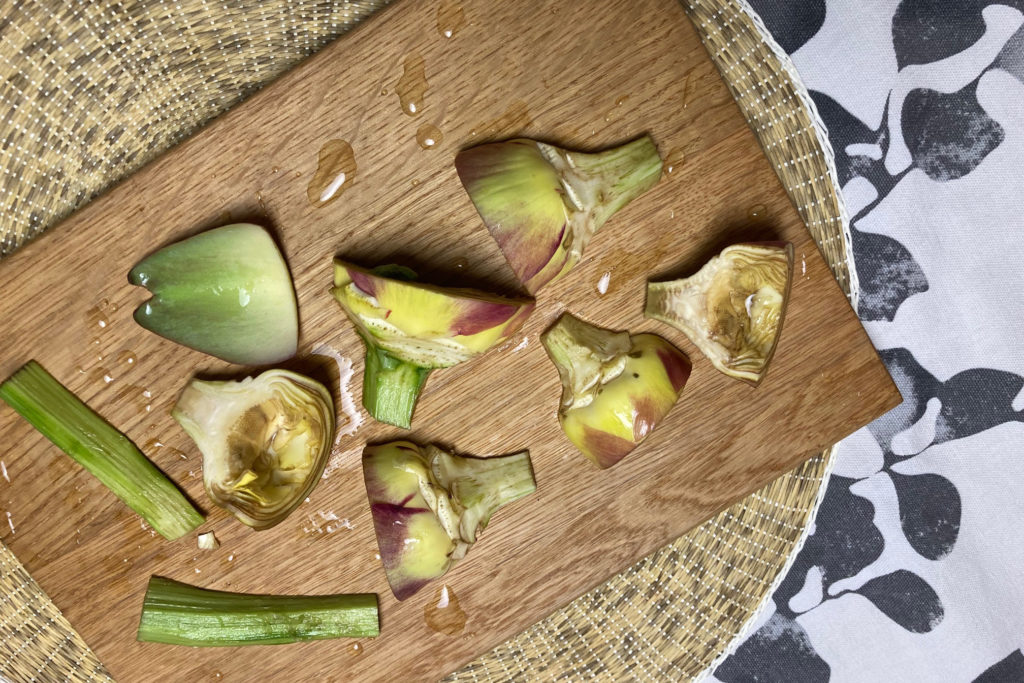
And they continued to be popular, amongst all classes, until the 18 th century. It seems it was during the industrial revolution, the transformation of a rural, agrarian societies into urban ones which a time of growth but also the severing of traditions, when artichokes almost completely vanished from gardens and tables. According to the food writer Sheila Hutchins they reappeared in England in the 1960s, imported from Italy and France then sold in fruit and vegetables shops as exotic vegetables, beautiful and difficult.
I remember buying a single artichoke from a greengrocer when I was in my early twenties, carrying it home like a prize, feeling thrilled but not really sure what to do with it. Even my recipe book seemed intimidated by its petalled armour, noting trimming was ‘very difficult’ and suggesting the best way was a French way, which is to avoid trimming entirely and simply boil it whole like a water lily. Which is exactly what I did, then ate it leaf by leaf, swishing it through vinaigrette before using my bottom teeth to scrape away the arc of flesh, pulling and scraping, until I reached the heart.
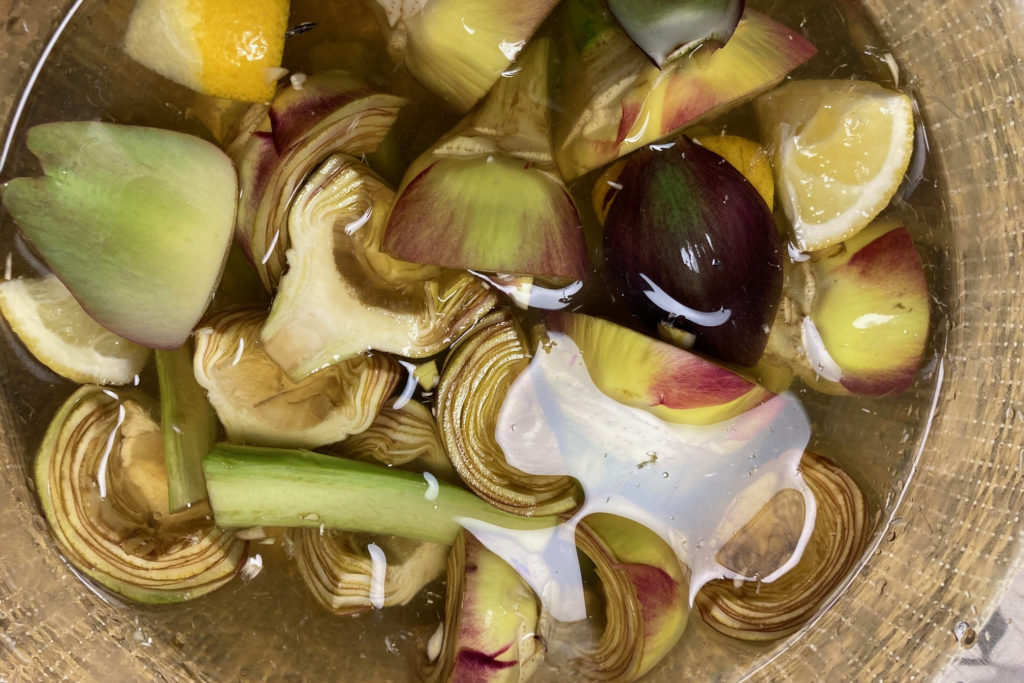
It must have been at more or less the same time when first bought the other extreme, artichoke hearts in jars, flying saucers suspended in oily space or specimens in a scientific lab, although much better tasting. Water Lilly or flying saucer, both good, but surely there was something in between?
Leaping 10 years and that first day at the market, artichokes everywhere and a man who can whittle one down in 10 seconds. It was only later that same day in a trattoria, as I shattered my way through a Carciofo alla Giudia then the softness of a Carciofo alla romana, that the ingenuity of the skin head made sense. It was the in-between, artichoke equilibrium. It was also just the start, I had universe of dishes to taste, whittling to master, artichokes cliches to write. And now it is 2021, my 16 th March in Rome, after a year quite unlike any other, madness and hope not so much seesawing but wrestling. But spring marches on and there are artichokes.
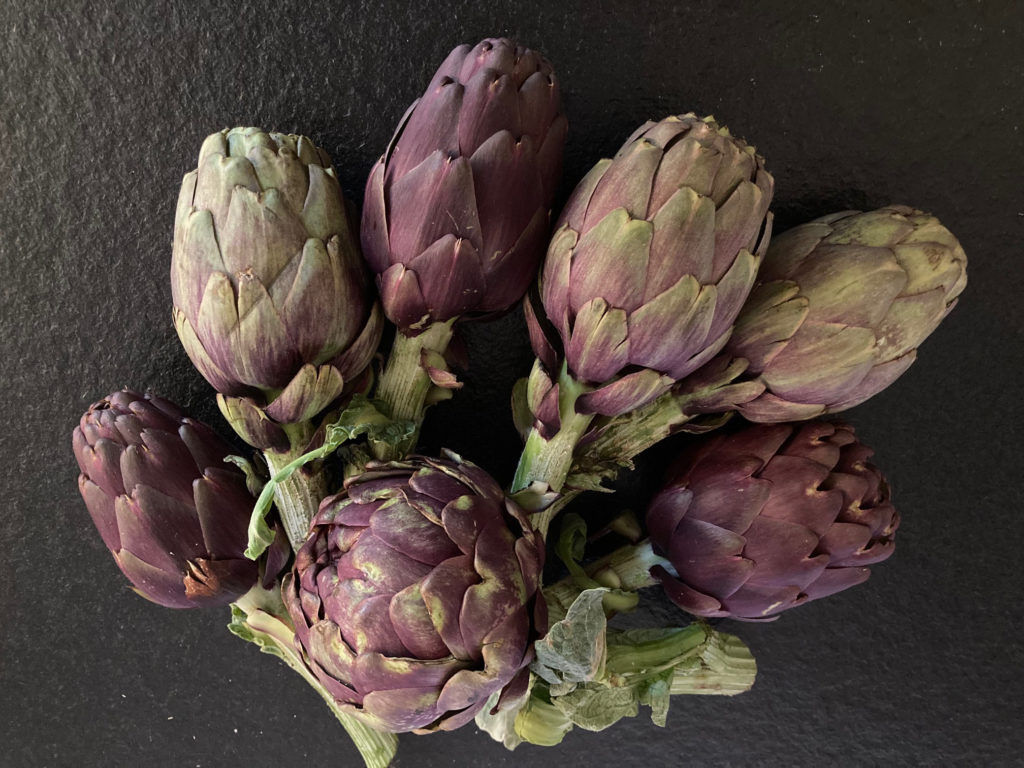
SV Photo Archive
